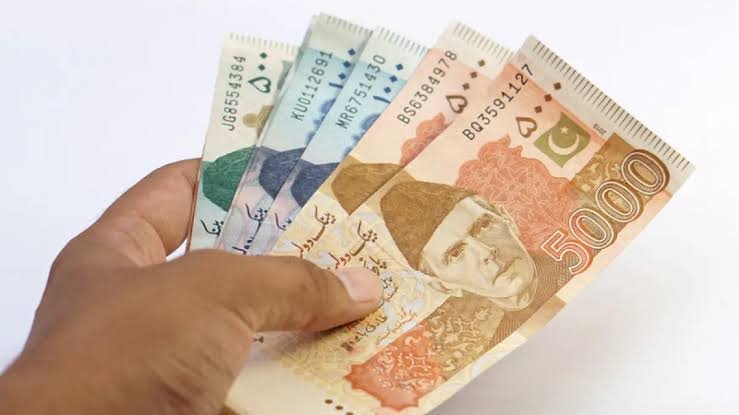Key Takeaways:
– Pakistani rupee fell by Rs. 0.03, settling at Rs278.40 against the US dollar.
– The currency’s depreciation is driven by increased demand for dollars due to rising imports.
– Pakistan’s trade deficit widened in June 2024, with imports jumping by 17.43% year-on-year.
– Foreign exchange reserves are below $9 billion, covering only two months of imports.
– Market speculation suggests further depreciation ahead of the next IMF loan program.
On Wednesday, the Pakistani rupee saw a slight depreciation of Rs0.03, closing at Rs278.40 against the US dollar in the inter-bank market. This marks the second consecutive day of gradual decline, driven by increased demand for the foreign currency to cover import costs.
The recent depreciation follows the government’s report on the widening trade deficit for June 2024, attributed to a significant rise in imports and a fall in export earnings. Imports surged by 17.43% to $4.92 billion in June compared to the same month last year, leading to speculation that demand for dollars to purchase goods from international markets would continue to increase. Analysts project that import pressure will likely grow slowly in the coming months.
Despite the surge, some analysts highlighted that Pakistan’s imports have remained relatively stable, below $5 billion per month. They suggested that import payments might not exceed this threshold in the short term, thanks to the government’s measures to control excessive purchases from overseas markets.
Currently, Pakistan’s foreign exchange reserves stand at under $9 billion, enough to cover only two months of imports. This low reserve level has fueled market speculation that the rupee may lose further value ahead of the next International Monetary Fund (IMF) loan program. The government is expected to secure this bailout package by the end of July or early August.
For the fiscal year 2024-25, the government has projected an average rupee-dollar exchange rate of Rs295/$, indicating a potential depreciation of approximately 6%, or Rs16.60, from the current level of Rs278.40/$. This projection is based on the anticipated need for additional financial support and the continuing pressure on the rupee.
In the fiscal year 2024, the rupee appreciated for the first time in three years, gaining 2.75% to reach Rs278.34/$, a notable recovery in an otherwise challenging economic environment. Additionally, the trade deficit saw a significant reduction of 12%, thanks to a more than 10% increase in export earnings and stable imports throughout the year.
The persistent challenges facing the Pakistani economy, including low foreign exchange reserves and rising import costs, underscore the importance of securing external financial support. The expected IMF loan program will play a crucial role in stabilizing the country’s economic outlook. However, the conditions attached to such programs often involve stringent fiscal measures, which could have broad implications for the economy and the general public.
As Pakistan navigates these economic challenges, the government’s ability to balance import demands, manage currency depreciation, and secure necessary financial aid will be pivotal in ensuring economic stability and growth. The coming months will be critical in determining the trajectory of the rupee and the broader economic landscape.




